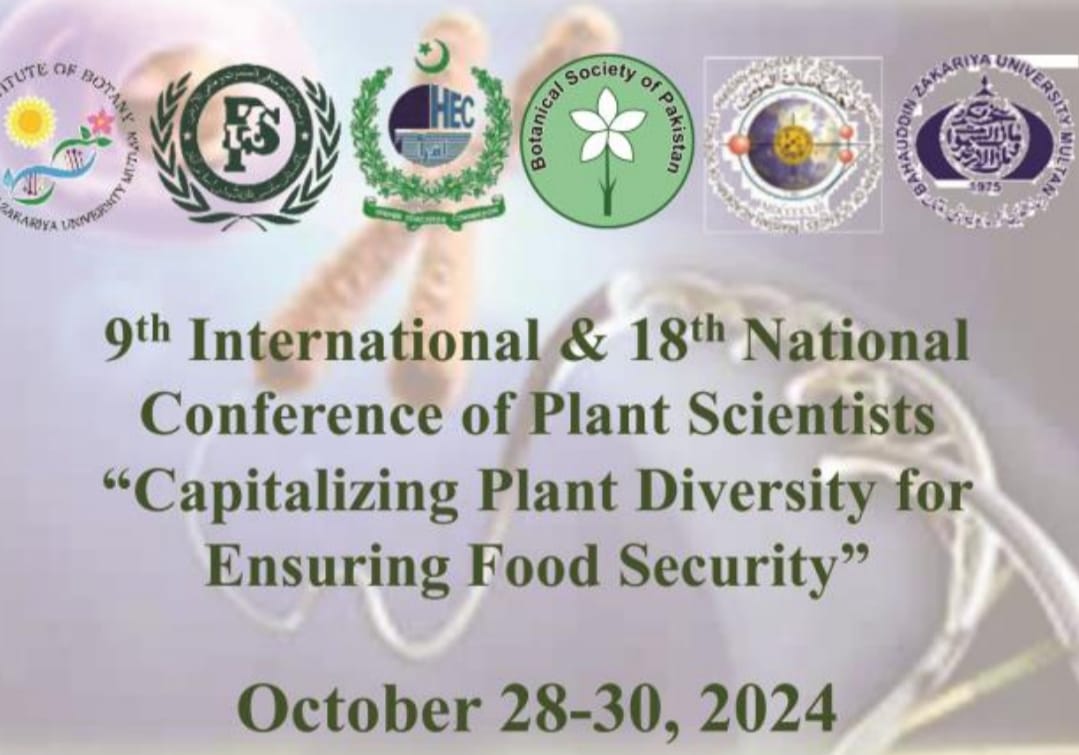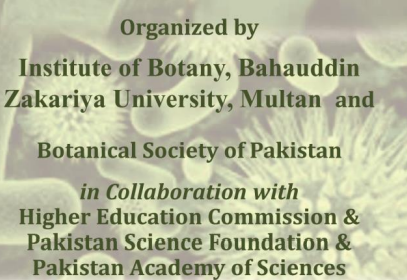
PJB-2025-220
IMPACT OF ORCHID AGE ON CITRUS NEMATODE POPULATION DYNAMICS AND EVALUATION OF NATIVE RHIZO-BACTERIA FOR NEMATODE MANAGEMENT
M. Imran Hamid
Abstract
Citrus slow decline disease caused by citrus nematode (Tylenchulus semipenetrans Cobb) is of significant importance and prevailing in all citrus growing areas. The concept of this study was to select citrus orchards with different age groups to assess the population dynamics of citrus nematode. Moreover, in-vitro nematicidal potential of rhizo-bacteria was evaluated. The results showed that ninety nine percent of the total soil and root samples collected were infested with citrus nematode. The number of nematodes varied across the citrus orchards with different age groups and population of juveniles ranged from 20 to 40850 per 100g soil and root females ranged from 3 to 1370 per 1g of root was recovered. The mean population of juveniles in all soil samples was 8030/100g soil and mean number of females were 364/g of root. The citrus cultivar 'kniow' showed highest nematode infestation followed by 'sweet orange' and 'fruiter early'. Moreover, in-vitro potential of rhizo-bacteria revealed more than 50% nematode mortality at 24 hr and more than 70% at 48hr of incubation. Moreover, bacterial culture filtrates and volatiles also showed promising results by showing the nematode mortality by 40-95% in 48 hr. The rhizo-bacteria and their products can be good potential alternatives of chemical nematicides to manage plant parasitic nematodes.
To Cite this article:


